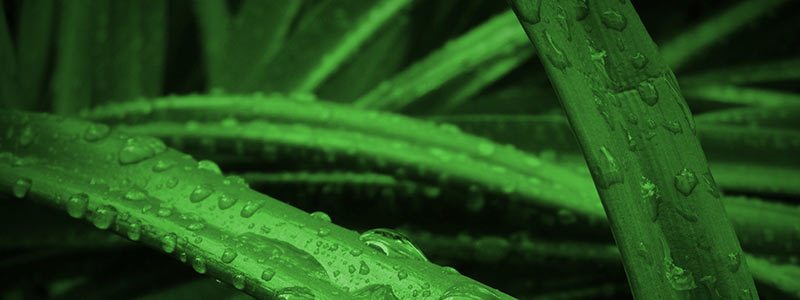Which Grass is the Best Grass for Florida?
While most people that live elsewhere surely thinks of sandy beaches and saltwater air when they think of Florida, those of us that live here and/or have traveled different areas of the Sunshine State know that couldn’t be farther from the truth.
We would love to make it easy but there isn’t just one type of soil that covers Florida and because of that, there is not one particular type of grass that is the absolute best for Florida. While we do have over 1,300 miles of coastline, the interior of our state and the types soil found there can vary greatly. The soil in Florida can vary from sandy to clay to peat based.
There is one type of soil that is prevalent in Florida and covers over 1.5 million acres. It is called Myakka (meaning “big waters”). It is actually only found in Florida and is our official state soil. Myakka is a grey, fine soil that consists mostly of sand.
Here in Central Florida, we have to contend with the soil conditions here when choosing which type of grass will be the best grass for your Florida Lawn. Soil conditions are a key factor in determining what grasses will be optimal to include in your Orlando Landscaping.
Other Things To Consider First:
There are a few other key factors in addition to soil that will be key in understanding which type of grass will work best for your needs and give you the look you desire.
- Conditions – In addition to soil, you should consider the conditions in and around your lawn. For example, do you have full sun or mostly shade? Can you easily mow your lawn or are there challenges such as slope or drainage issues?
- Maintenance – Depending on the conditions of your environment, you will need to consider the amount of maintenance that will go into allowing the grass you choose to survive and thrive. Some use more water, fertilizer, etc and need to be mowed more often. Tolerances to drought, sun, shade and wear should be considered when choosing your best type of Florida grass.
- Pests – Each type of grass comes with its own vulnerabilities. There are many insects and diseases that can affect your grass. Be sure to find out what those vulnerabilities are for each grass type and determine which aligns with your environmental factors the best.
- Texture and Density – Lush, soft, fine or course blades determine the overall look and feel of your lawn. While we can narrow down your grass options for your Orlando Landscaping, be sure to take a look at the different types of grass in person so you can decide which look and feel you like best for your Central Florida lawn.
Once you have considered all the factors, have fun deciding which grass will be your Best Florida Grass! Here is our list of the best grasses to use for your Orlando Landscaping.
Top Picks for Best Florida Grasses
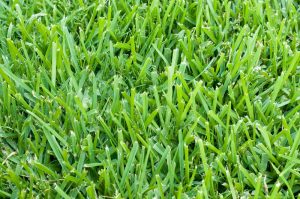 St. Augustine Grass
St. Augustine Grass
Drought-tolerant and a real heat lover, St. Augustine is a Florida grass that thrives in the tropical and subtropical regions of Florida and elsewhere. With a salt tolerance suited to the Florida area, St. Augustine grasses (of which there are several types) distinguish themselves in their ability to establish quickly and without much problem.
St. Augustine boasts a beautiful blue-green dense turf. Three of our favorite cultivars include:
- Floratam: The best choice for full sun areas and for durability
- Palmetto: The best choice for a shade-tolerance, although it still requires a minimum of 4 hours of daily sunlight for survival.
- Argentine: This type of St. Augustine is often found in street medians and schoolyards due to the fact that it’s quite easy to grow and needs little water to stay alive.
St. Augustine generally likes regular watering and should not be left to dry out during droughts or very dry spells. Due to its denseness and thick leaves, it may be surprising to learn that St. Augustine tends not to hold up quite as well as some of the other grasses under heavy traffic. As well, some types of St. Augustine are susceptible to pests, such as the southern chinch bug, and fungal diseases
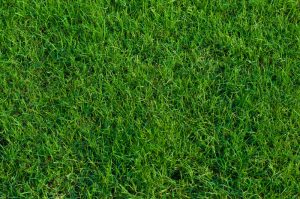 Bermuda Grass
Bermuda Grass
Bermudagrass, a strong grass that can withstand a lot of wear, it often found on golf courses and play fields. Relatively low-growing, Bermuda grass produces a green, dense turf that tends to be drought-resistant and low maintenance.
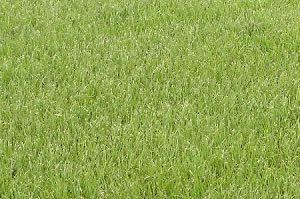 Bahiagrass
Bahiagrass
If you’re looking for a grass that is exceptional at surviving drought and is low maintenance, look for Bahia grass. Because it resists insect damage and disease, Bahia grass is a popular choice among those who want a lawn that can withstand heat, heavy traffic and sun.
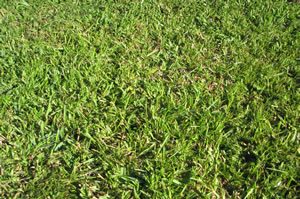 Centipede Grass
Centipede Grass
Because Centipede grass doesn’t require a high level of maintenance, it’s a great choice for those who are looking for an easier-care lawn as long as you don’t anticipate heavy wear. Centipede grass generally tolerates shade fairly well, thrives in hot, humid climates and is heat tolerant.
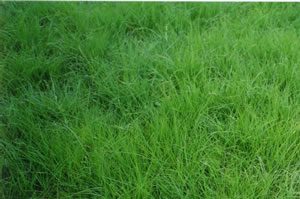 Buffalo Grass
Buffalo Grass
Buffalo grass is the only grass on our list that can withstand temperature extremes. With a beautiful, finely textured turf, this grass does best in light traffic areas with minimal shade. One of the best features of Buffalo grass is its drought tolerance, lush turf and ability to survive stress. It’s also not necessary to fertilize this type of grass.
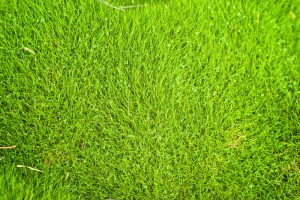 Zoysia Grass
Zoysia Grass
Zoysia is the preferred “barefoot grass” for its feeling on bare toes. Even with its soft touch, zoysia is surprisingly durable, making it a great choice for those with children. Being both hardy and salt tolerant makes Zoysia a great choice for coastal areas.
Zoysia is a grass that can be grown both long and short. While it requires as much water as St. Augustine to stay looking great, it will also go dormant in cool weather but does come back.
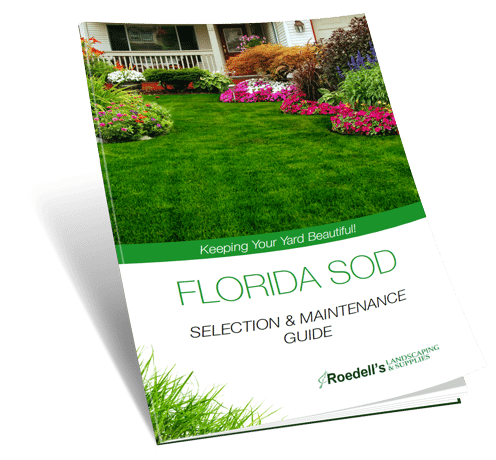
FLORIDA SOD SELECTION AND MAINTENANCE GUIDE
Learn How to:
Choose the right sod
How to take care of your new sod
Maintain it for long-lasting beauty!
